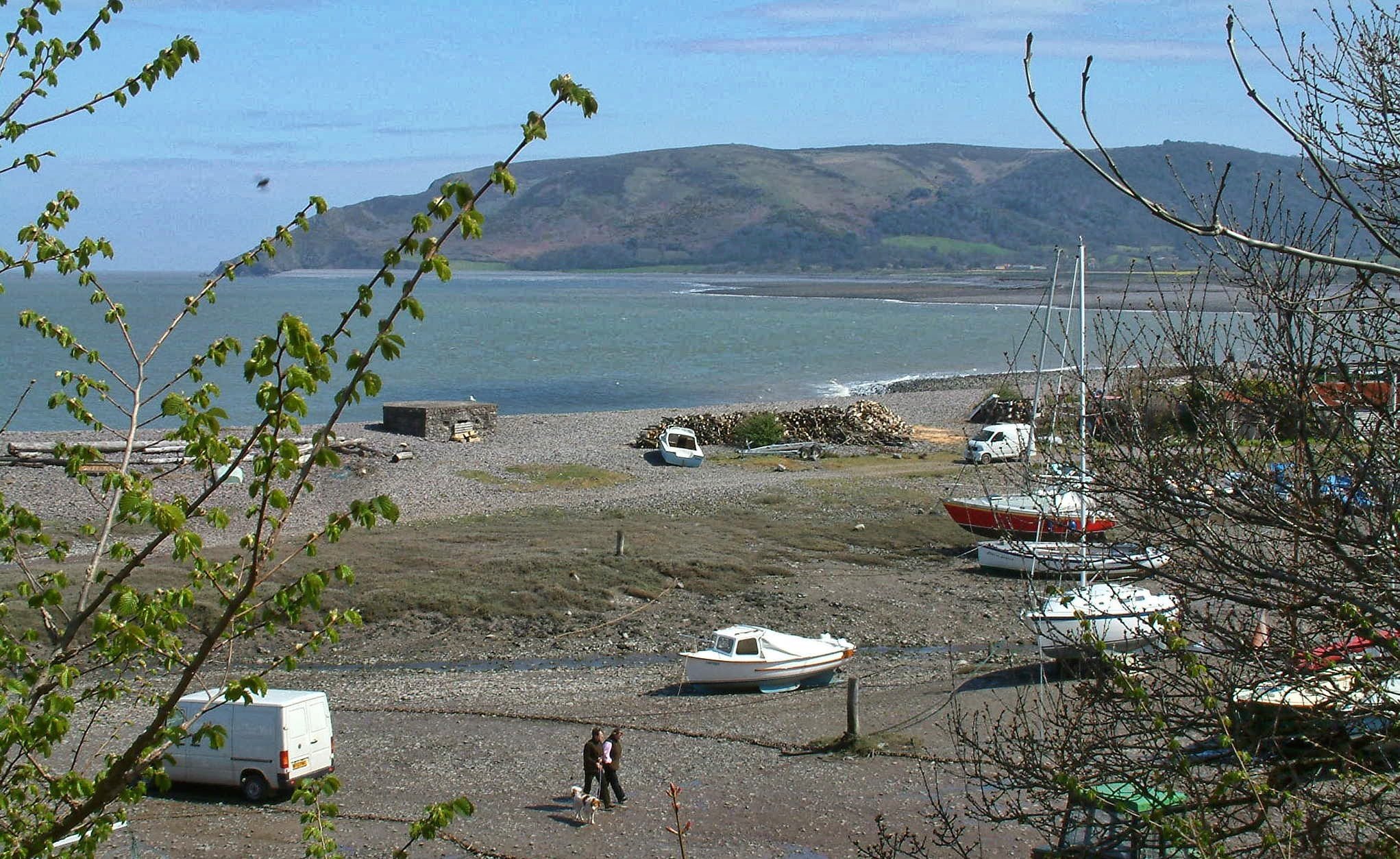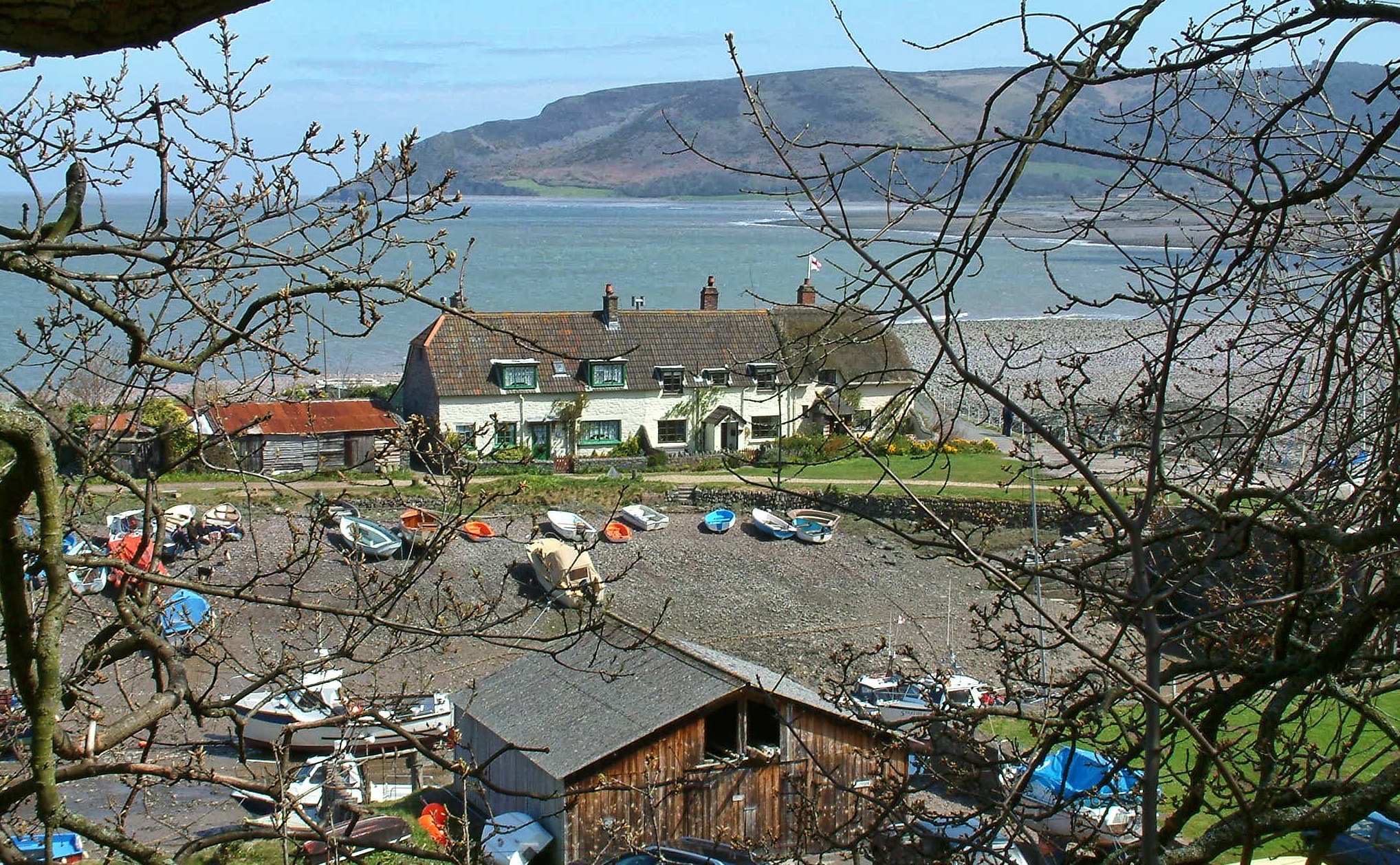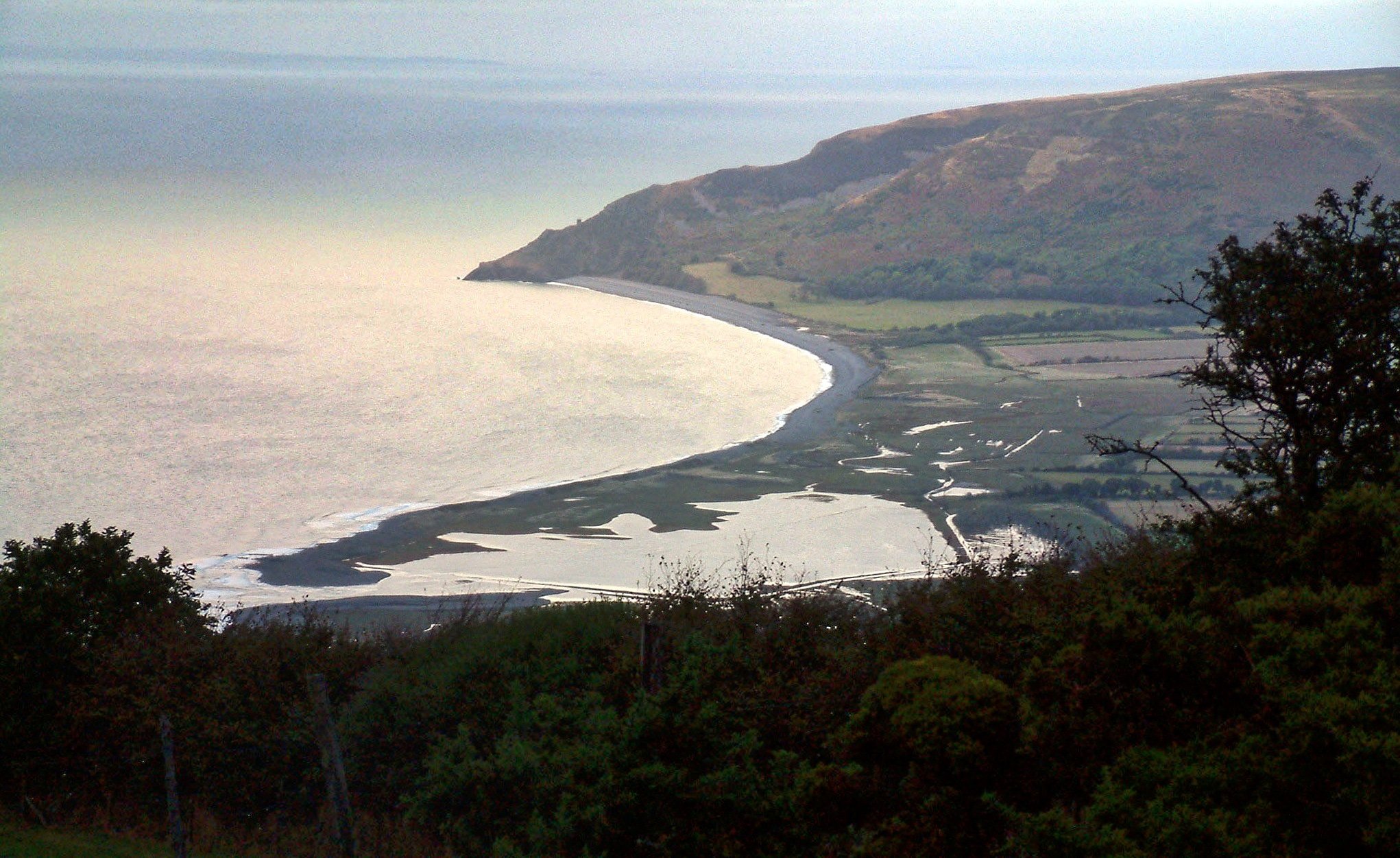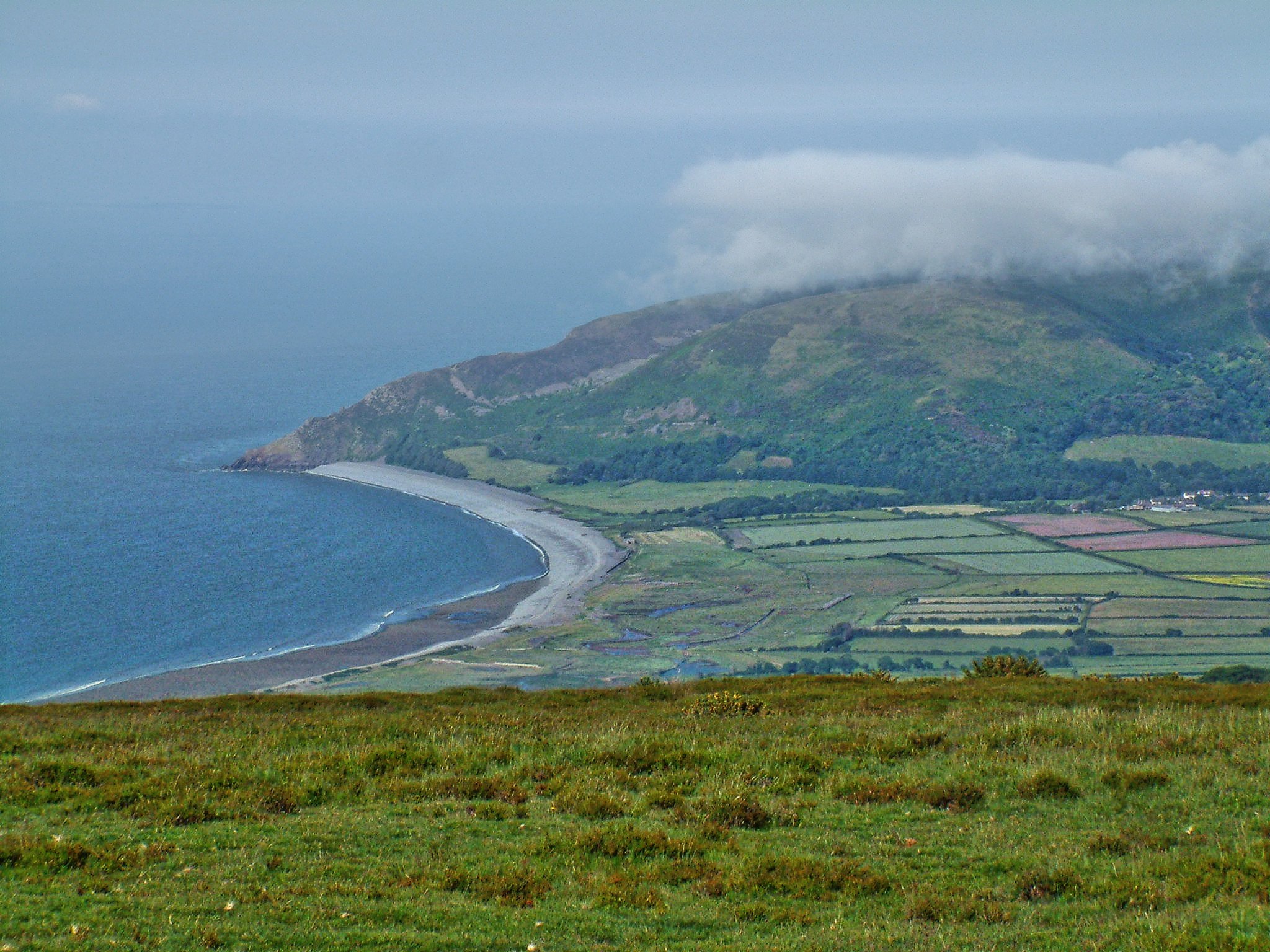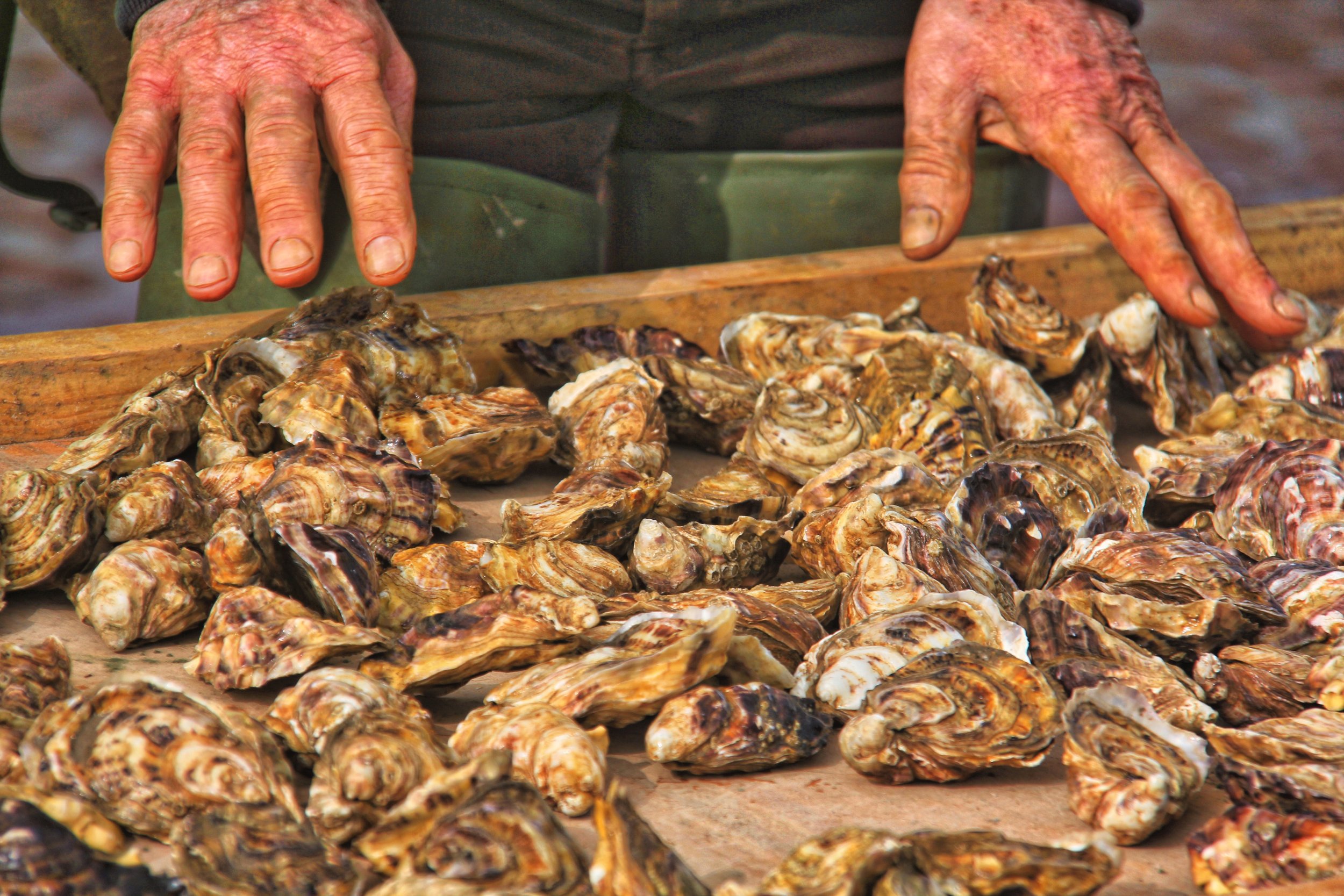Christmas at Culbone
If I was really pushed, I’d say that the walk to and from Culbone on the Exmoor coast is my number one favourite hike to do at Christmas. Here’s an article about it that I wrote some years ago… But be warned: the Coast Path along this section of the Exmoor littoral suffers from regular landslides. In fast, the vertiginous landscape hereabouts has changed completely since I began walking in the area more than 50 years ago.
Culbone Church - the smallest complete church in England
What makes for a truly classic walk? One answer could lie in the phrase which claims imitation is the highest form of flattery…
Today’s walk has been copied – or, shall we say, “borrowed” (others might use the word “nicked”) - word-for-word by two national newspapers and a glossy colour magazine, so it must have something special going for it…
Why? Well, for one thing, no other place in the West Country evokes quite such hallowed and spiritual sensations as remote, lonely, beautiful Culbone – home to the smallest complete church in England. You can't get there by car – and consequently the hamlet is one of the most peaceful and quiet in all the country. To visit you must walk.
Looking across Porlock Bay from Porlock Weir at the start of the hike
This hike begins by taking the coast path west from Porlock Weir. It's always tempting to bide a while at the small harbour, where Turkey Island sits on a hump of shingle just across the footbridge from the Harbour Master's office.
You'll notice the lock gates beneath the bridge looking as if they've been borrowed from some inland canal. They haven't, for here they find employment occasionally when they're closed to keep in the tide.
The pebble-beds of Porlock Bay
When the following ebb is complete they are opened so that the water inside rushes off to sea, hopefully taking much of the mud and silt with it.
Our walk takes us past the Anchor Hotel, through the alley between the buildings to the place where we turn left up an easy-to-miss footpath. Steps take us up to the fields, which we cross to reach the hamlet of Worthy.
Porlock Weir
A few hundred metres along the lane we come to a curious thatched cottage – curious because it forms an arch where motorists pay to ply the Worthy Toll Road. We take the footpath that begins just to the right of the cottage.
This takes up through magical Yearnor Wood. A fabulous fantasy-style mansion once stood here - fairy-like with minarets and cloisters and a clutter of other architectural features. For years the big house at Ashley Combe lay in ruins and eventually became so dangerous it was raised to the ground.
Sadly they've even blocked up the little follies and tunnels situated here and there in the steep woods. You'll see one on the path to Culbone, looking like a miniature castle bridging the almost subterranean route. It was a Lady Lovelace who had this dreamland built and she even imported a team of Swiss mountaineers to lay a network of carriageways throughout her vertical demesne.
Lady Lovelace eventually despaired of the place being back-sunned and departed for the brighter side of the hill, but you can still see vestiges of her dreamscape and perhaps recall the yodelling mountaineers who made the paths and left behind excellent place names like Apple Dumpling Point and Cherry Tree Steep.
Toll road up Worthy Combe
The path used to be a long, gradual climb from here to Culbone, but over the past 20 years massive landslides have dissected the hill so that now there's a bit of zig-zag climbing to be done. Indeed, this walk does come with a health warning: the vertiginous landscape here is liable to give up the ghost and fall into the sea – every time I visit I discover yet more bits have disappeared.
All at once the track turns away from the coast and into the hill, and within a few yards there is Culbone hanging high above the grey rocks and the grey sea in its enchanting glen.
Culbone Church in its charming little glen
A visit to the tiny church is compulsory – though it takes you a couple of hundred metres out of the way. The smallest complete church in England has a nave that is 21 feet by 12 feet, and a chancel that measures 13 feet by 10 – making a total length of 35 feet.
Regular services are still held - many of the congregation arrive by four-wheel drive down the steep track, which we must now climb.
Waterfalls in Worthy Combe
It’s a long steep haul that takes us up to the small lane that terminates at Silcombe Farm. You’ll see the farmstead on your right, but we turn left a few metres until we see a track ascending the hill on our right. This takes us up over Culbone Hill to the very top of the Worthy Toll Road.
Keep an eye out for some small standing stones in the bracken among the pine trees to your left – these are the remains of a fascinating prehistoric stone row that runs east-west across the hill.
Turn left at the top and walk along the lane for just a few metres before branching right into Smalla Combe. The footpath runs down this delightful valley alongside the stream. We swing left at Pitt Farm to take the track that will reintroduce us to the toll road.
Porlock Bay in winter
We soon forsake the road for a footpath. This time it’s the right of way that climbs briefly around the shoulder of hill above Yearnor Mill. Now we are walking along the very upper limits of Worthy Wood, but after a quarter of a mile we come to a junction where a smaller path disappears down over the hill.
This is the path that will take us down through the woods back to Porlock Weir. It eventually spills onto the lane that runs inland around the rear of the tiny port – turn right and walk for a couple hundred metres until you reach the junction where another lane descends to the harbour and the car park.
Porlock Bay in summer
Fact File
Basic Hike: South West Coast Path from Porlock Weir to Culbone, returning over the top of Culbone Hill via Silcombe, Smalla Combe and Worthy Wood.
Distance & Going: six miles, steep in places.
Recommended Map: Ordnance Survey Outdoor Leisure 9.
Local Knowledge
Porlock Bay oysters
Check out the availability of the excellent Porlock Oysters while you’re at the Weir. They’re grown as part of a community based project and are very, very, delicious http://www.porlockbayoysters.co.uk/
Wine Pub of the Year - every year
Porlock oysters
If you’re driving back over Exmoor after this walk and you’re hungry, call in at the excellent Woods in Dulverton which has just won UK Wine Pub of the Year for the eight time running. Great food - and totally amazing wine.




